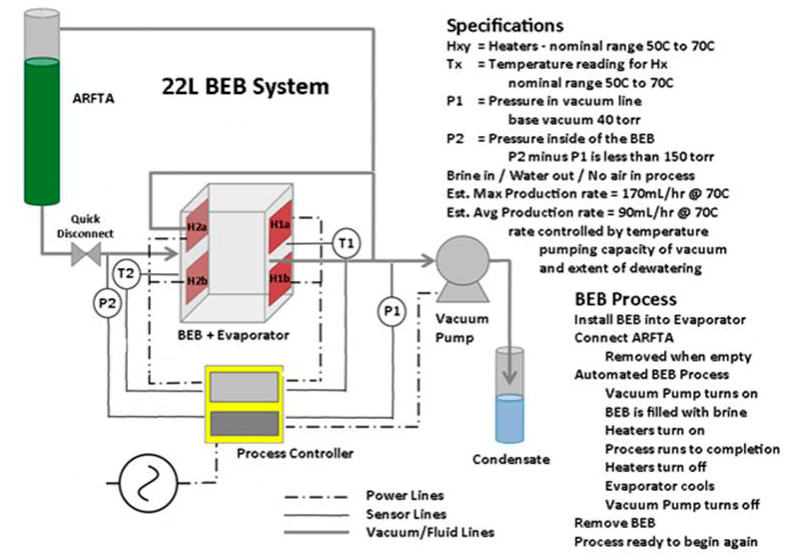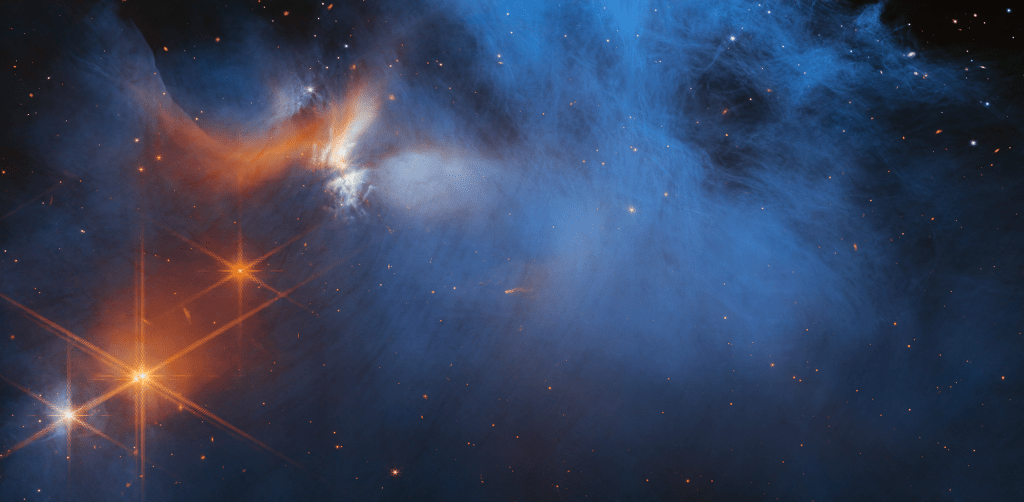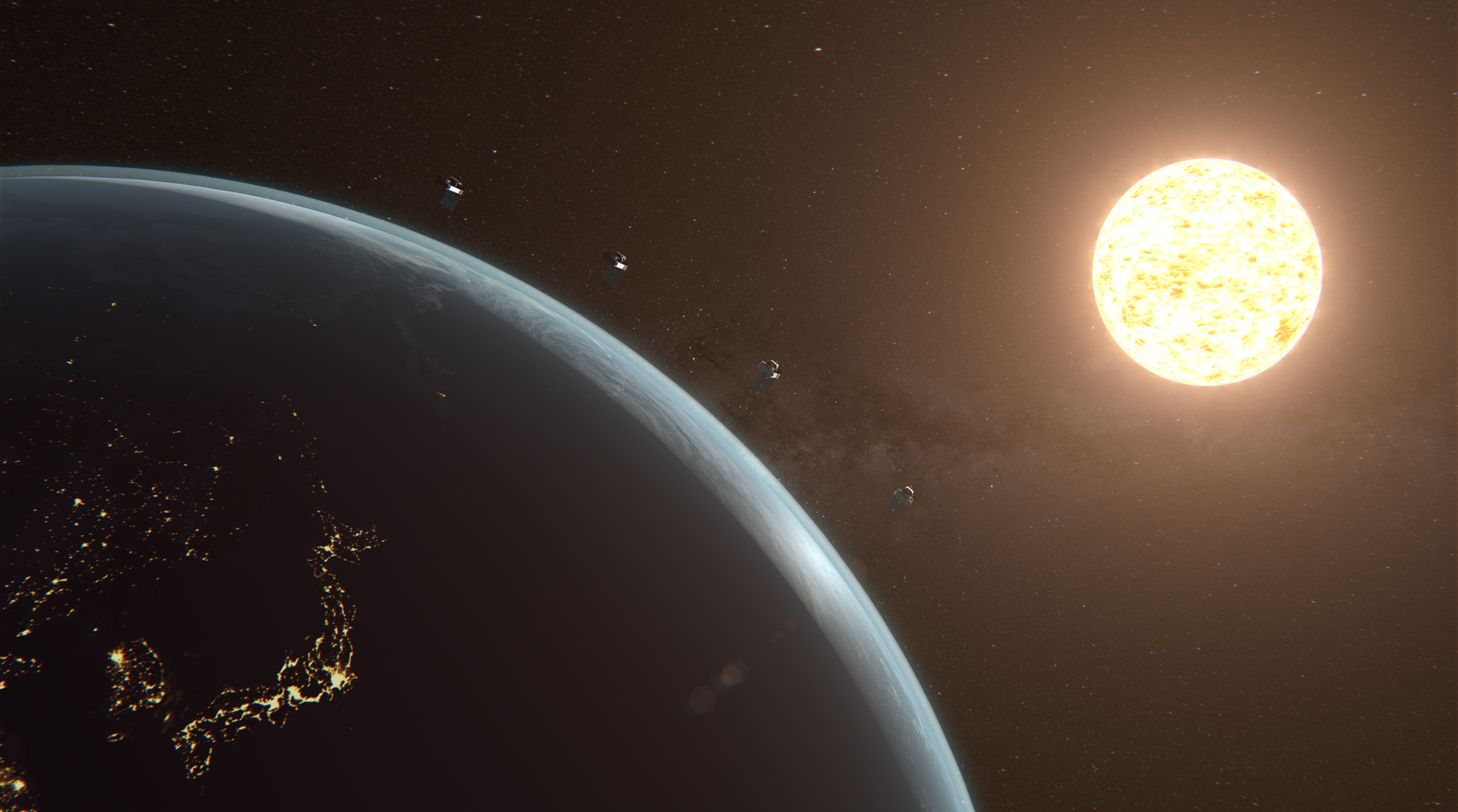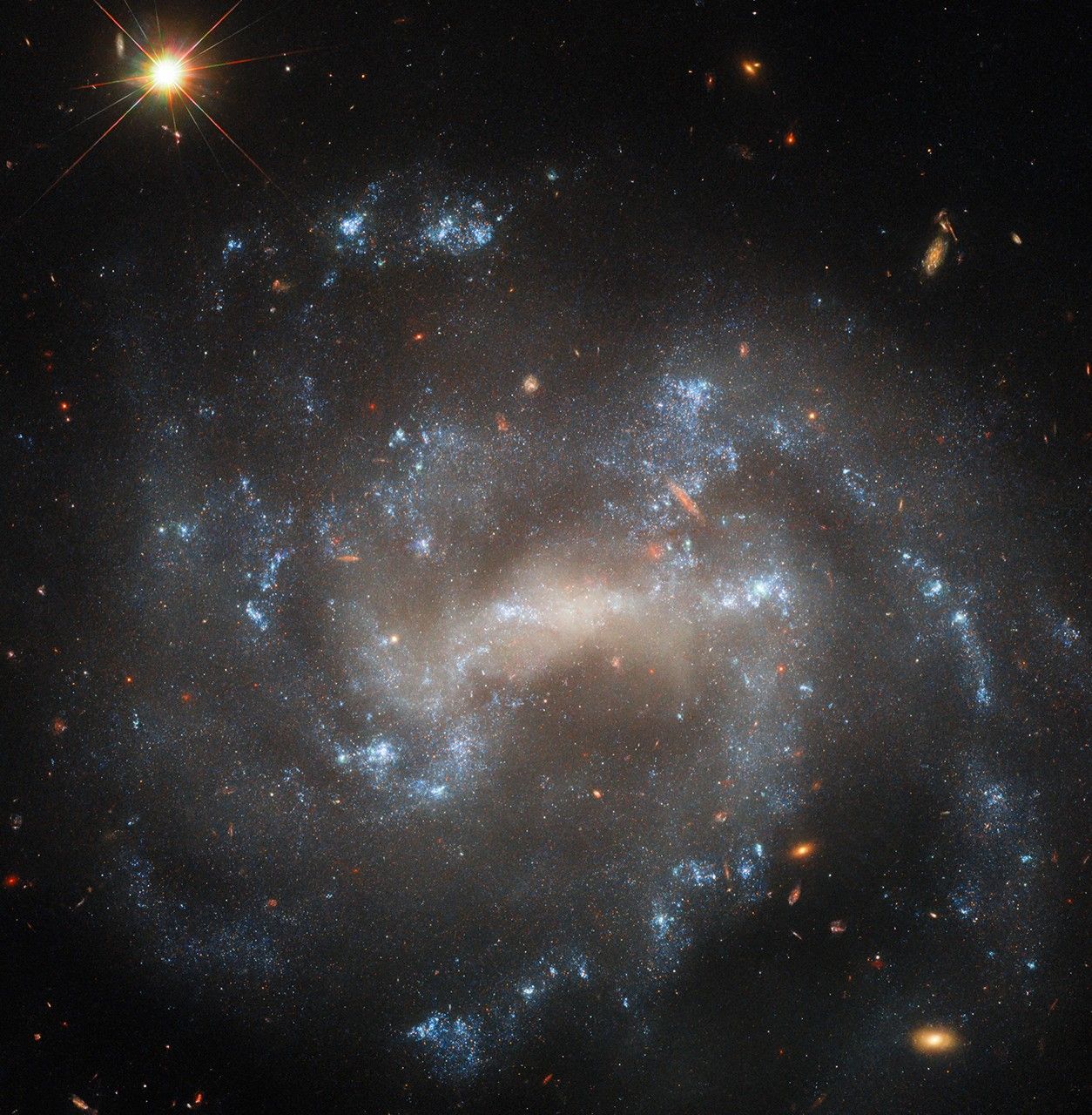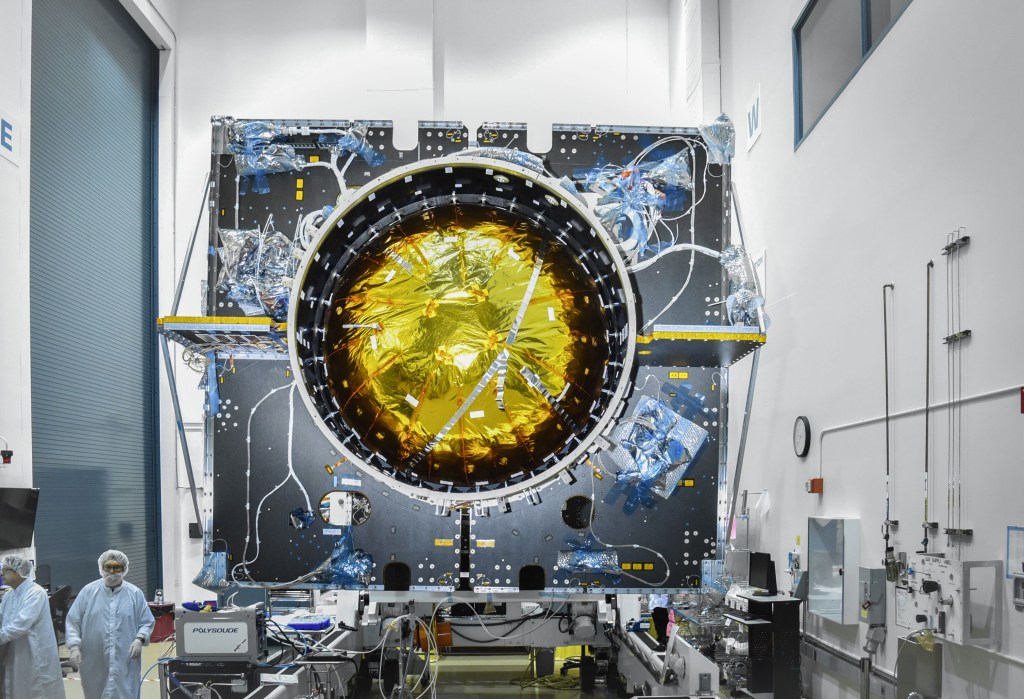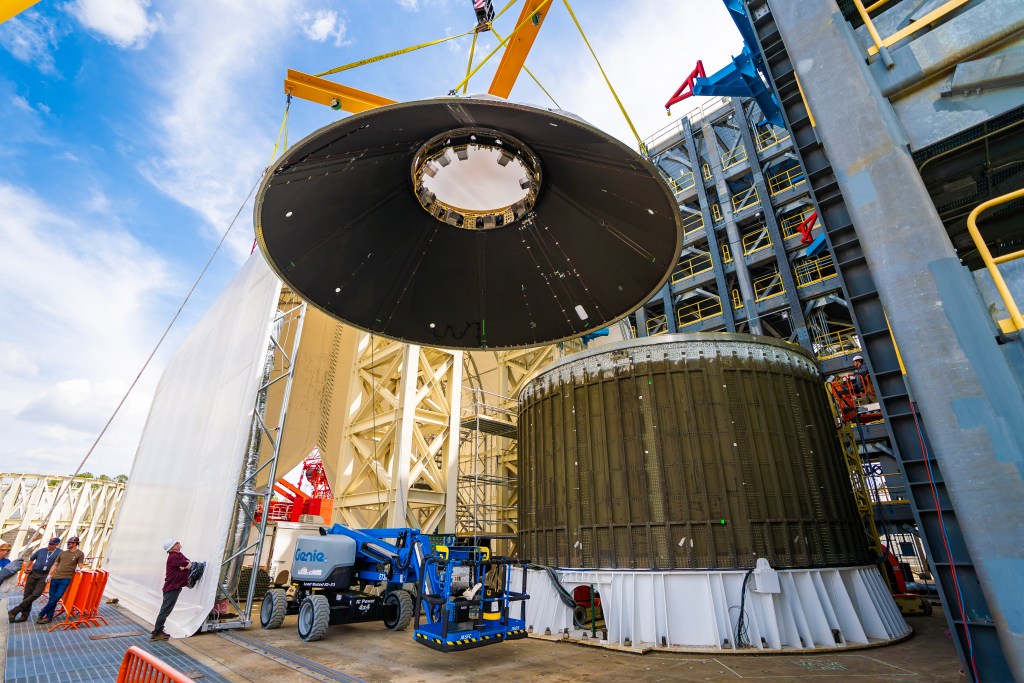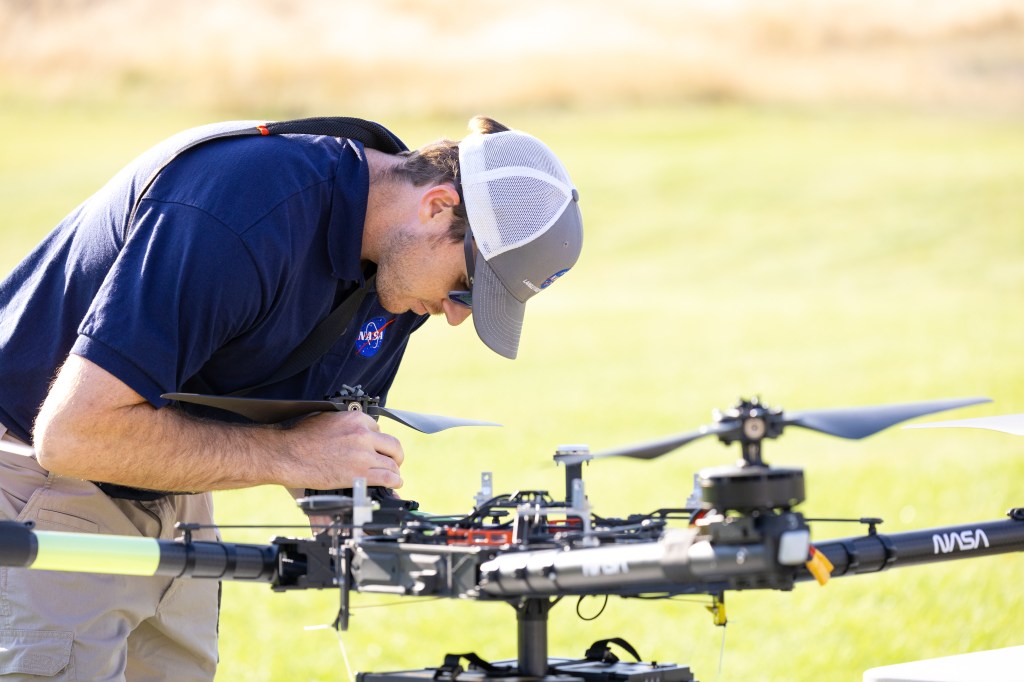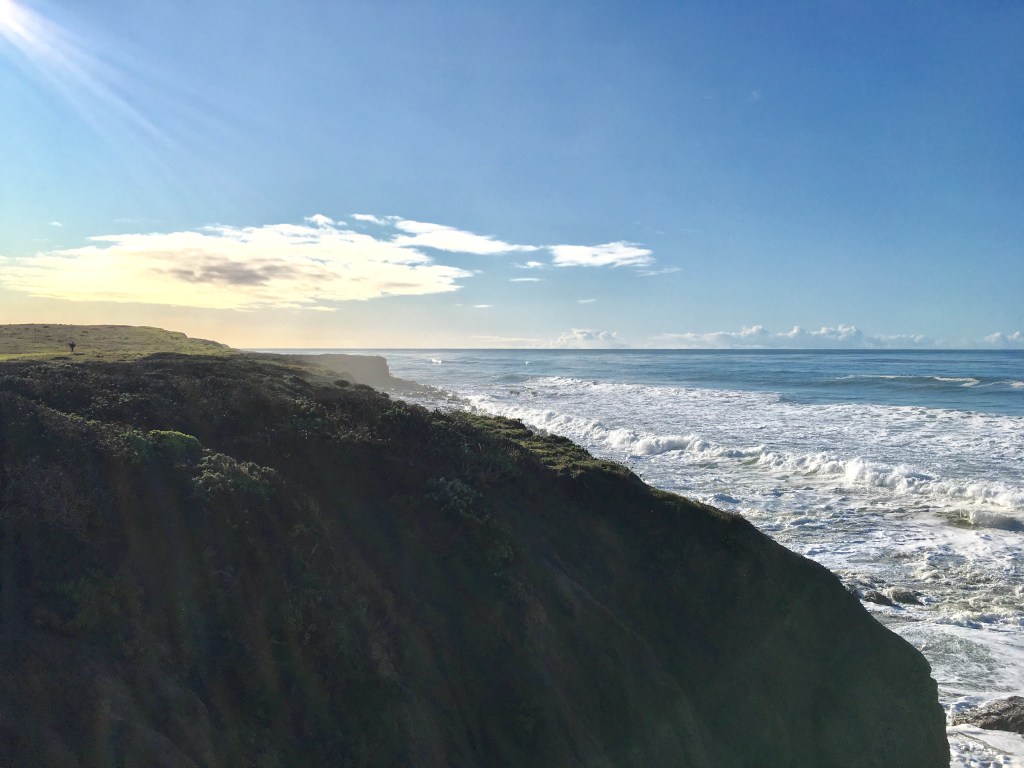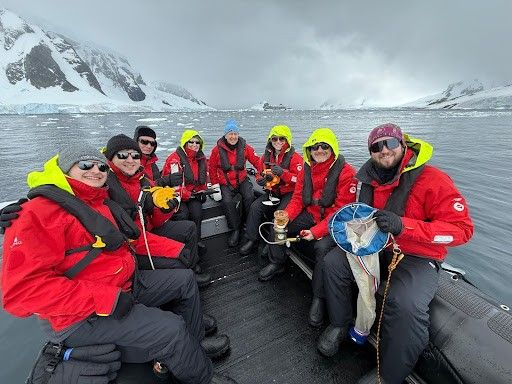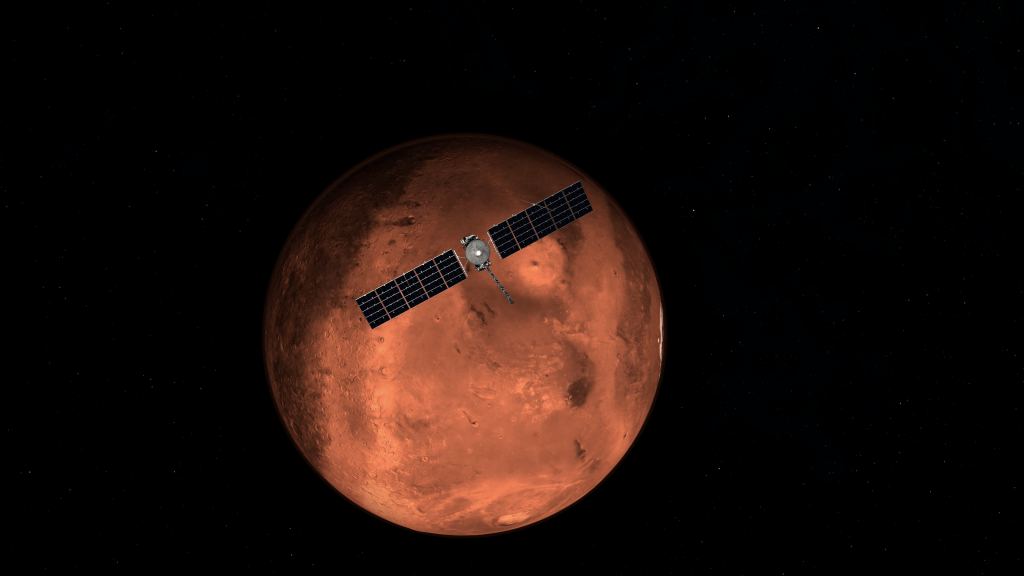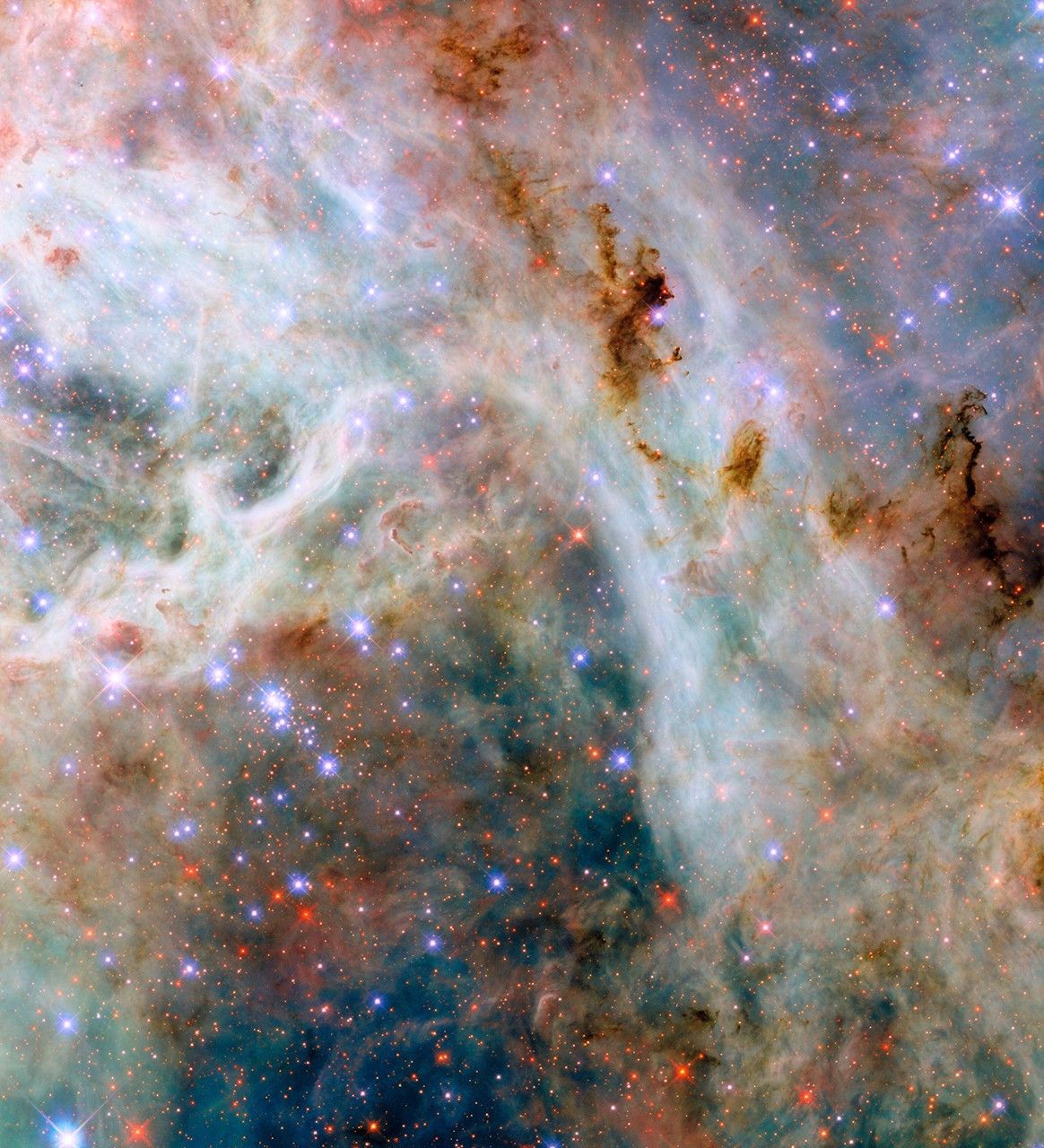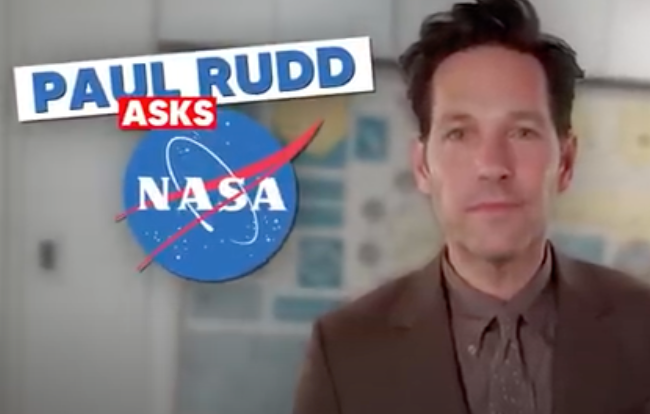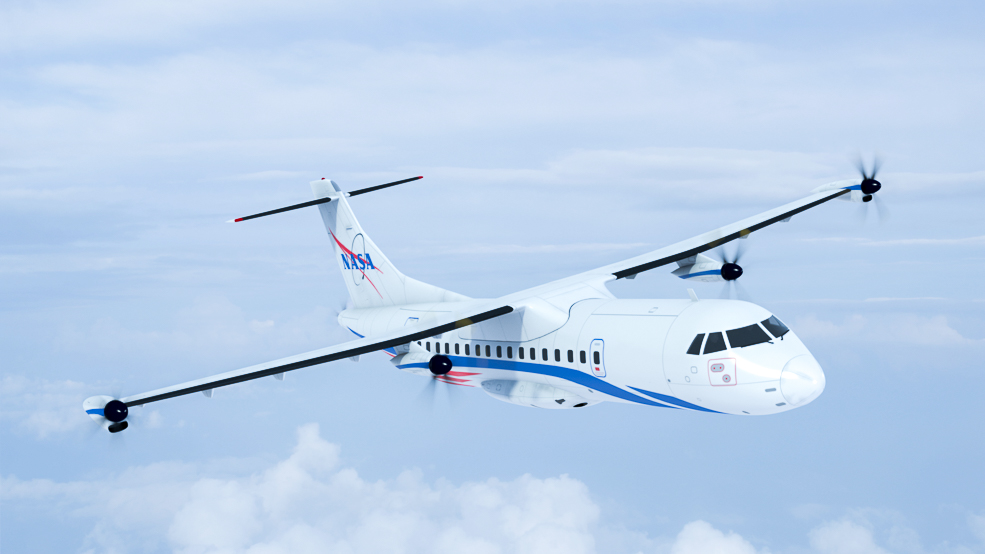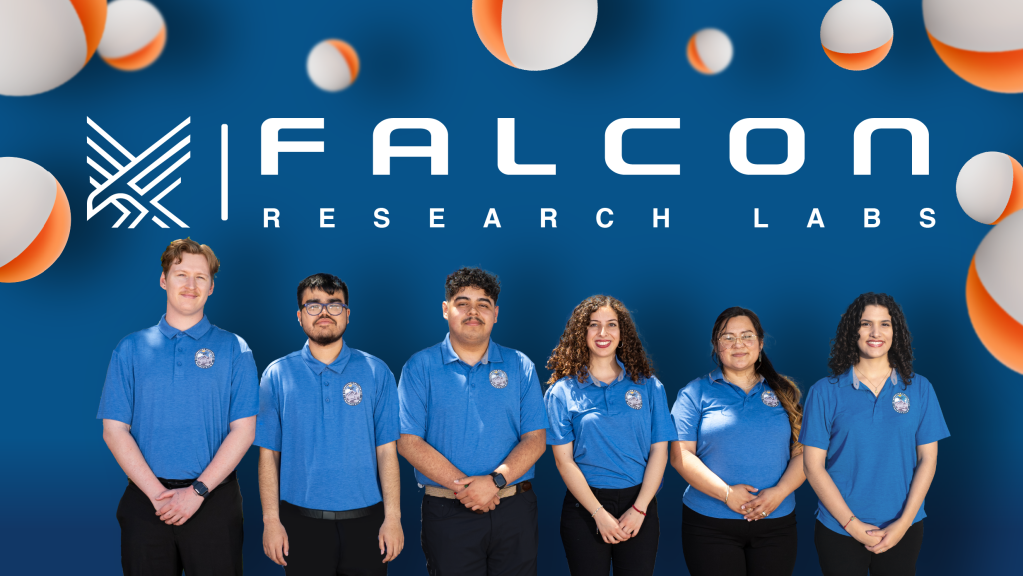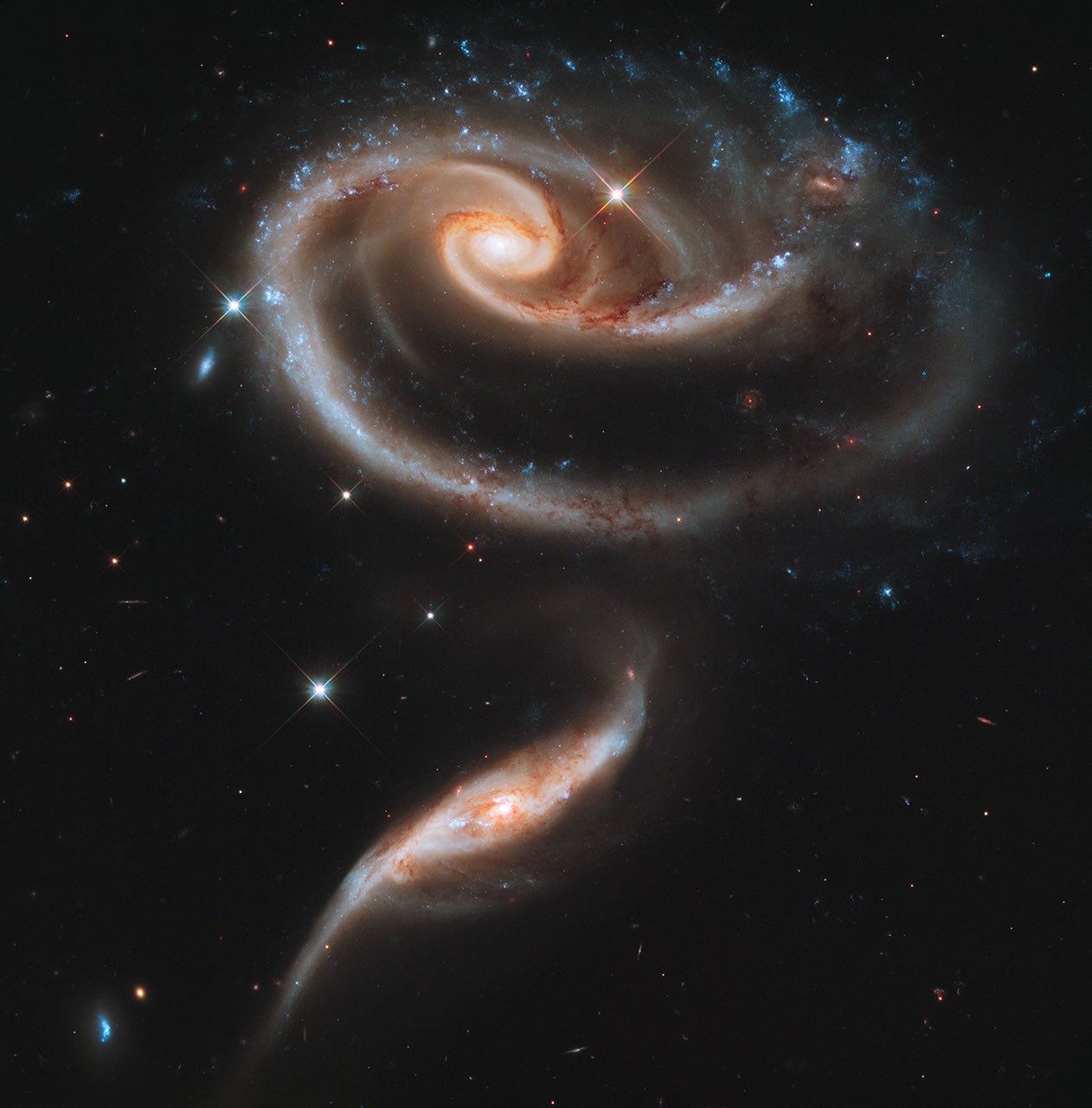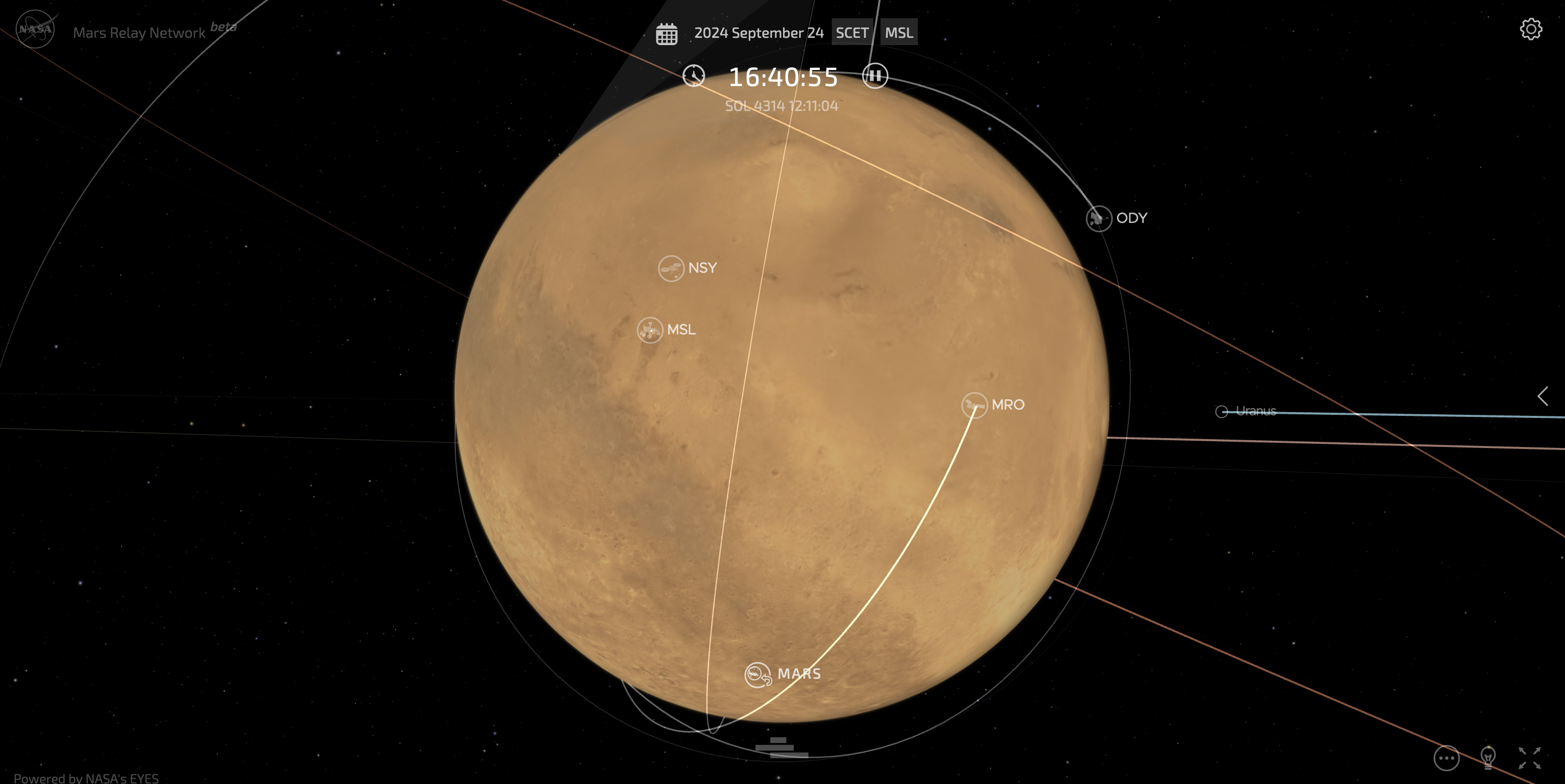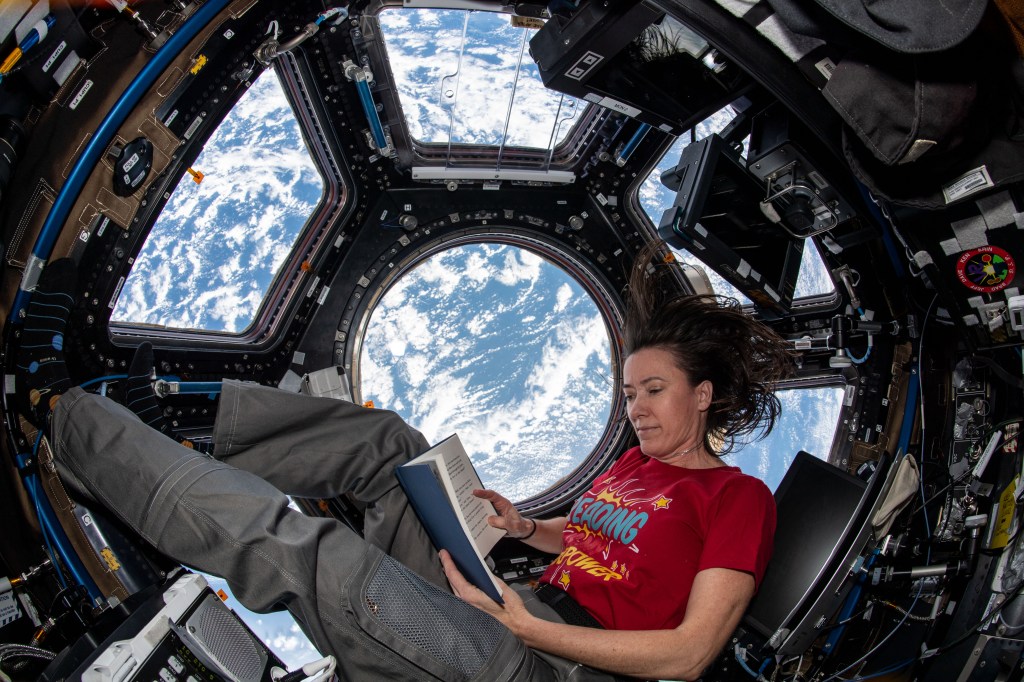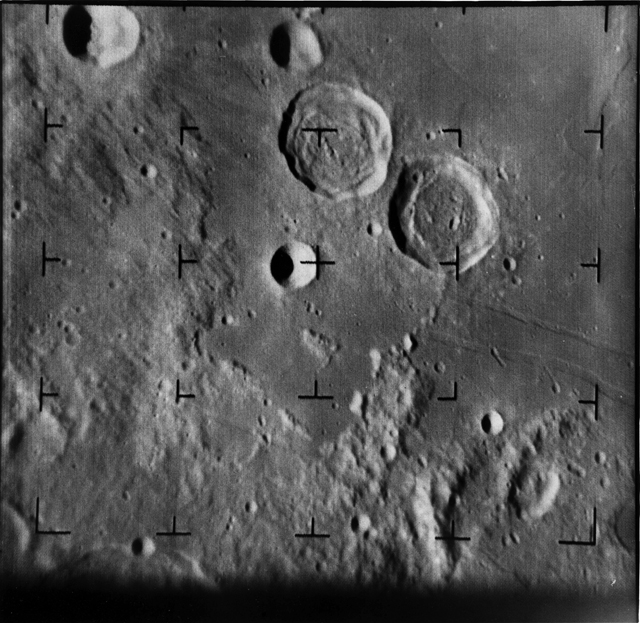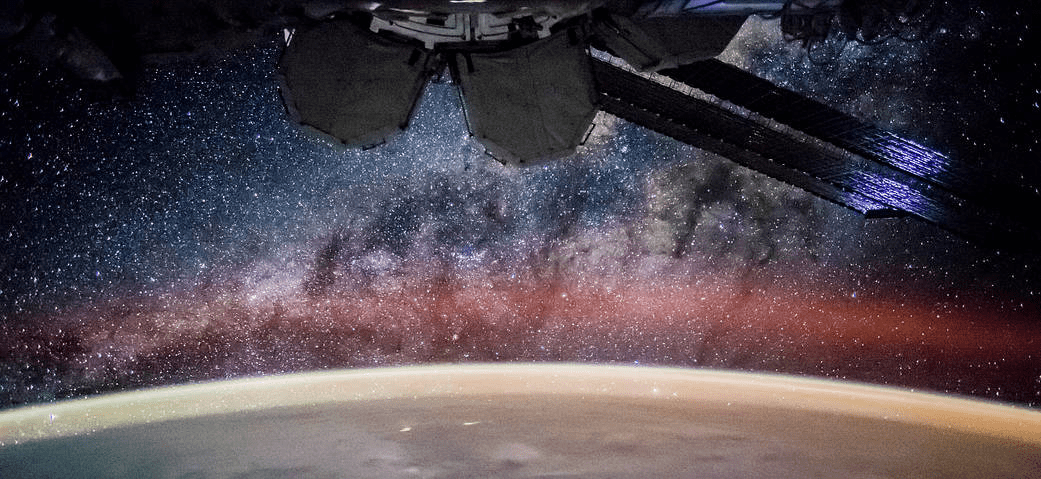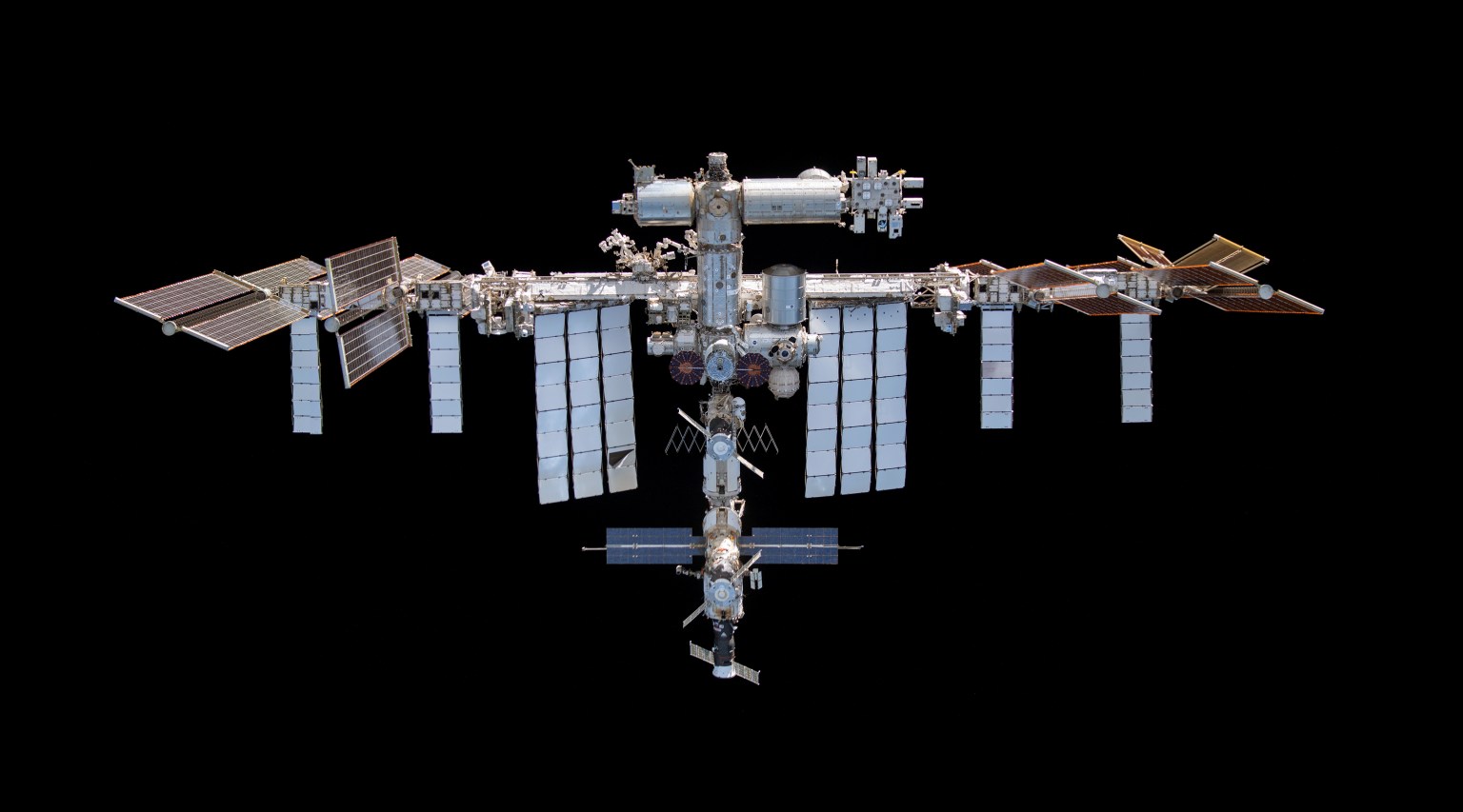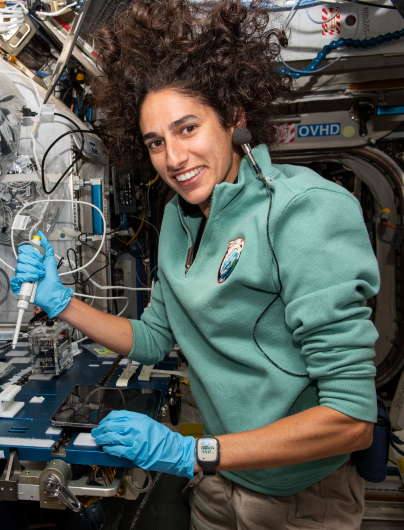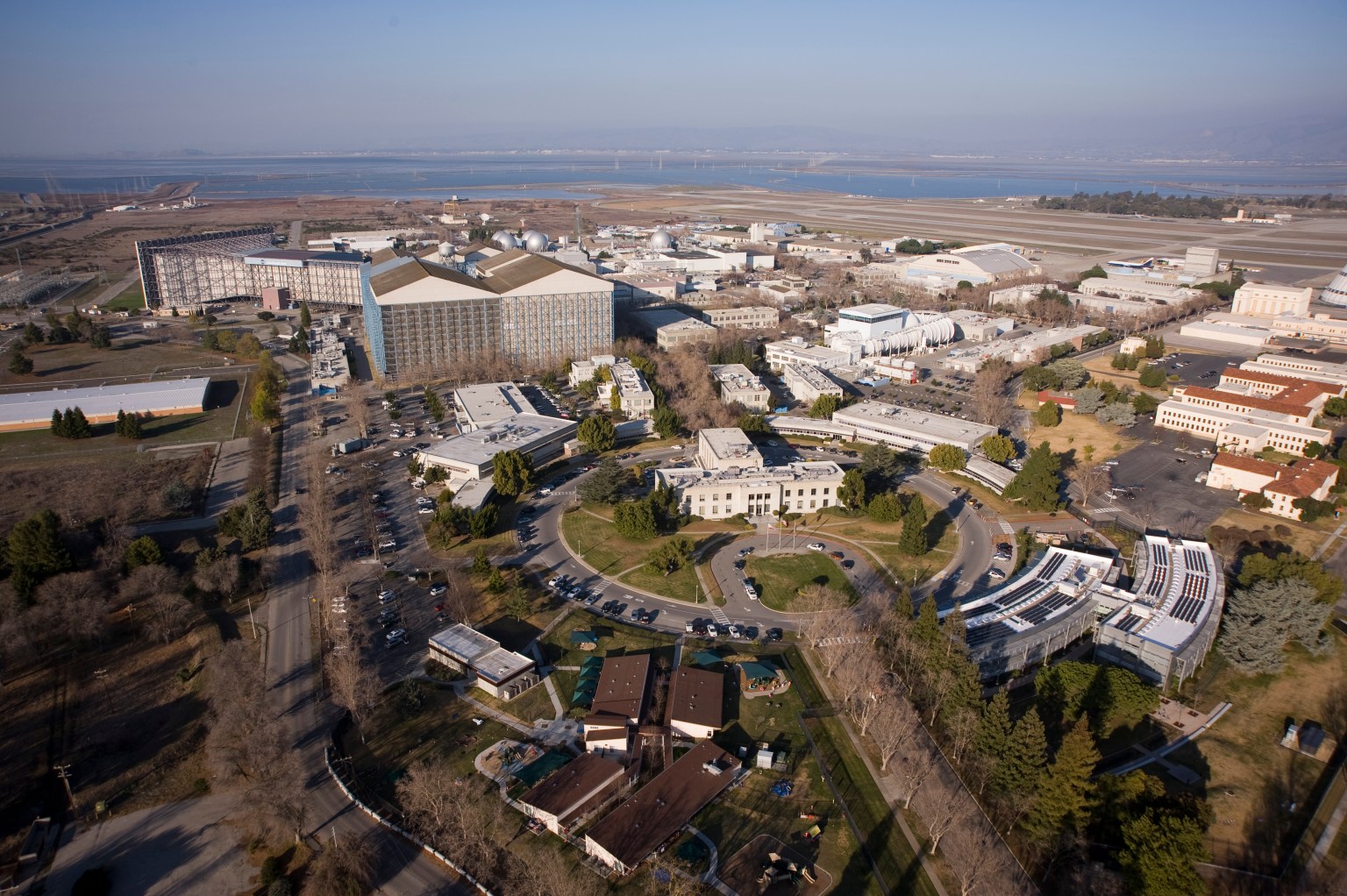Water Recovery Systems
The Bioengineering Branch Water Recovery group are subject matter experts in all aspects of water recovery in Environmental Control and Life Support Systems (ECLSS) for short and long duration missions. Expertise ranges from chemical to mechanical engineering in the development of technologies to significantly improve water recovery rates, increase reliability, and reduce consumables. Some of the water recovery technologies we are developing include reverse osmosis, forward osmosis, electrolysis, and biofilm mitigation.
Supercritical Water Oxidation
PI: Michael Flynn
NASA is advancing Supercritical Water Oxidation (SCWO) technology to efficiently process and recycle wastewater in space missions. SCWO operates by oxidizing organic materials in water at temperatures and pressures above its critical point (374°C and 22.1 MPa), resulting in the breakdown of waste into harmless byproducts like carbon dioxide and water. This method offers a compact and effective solution for waste management in the confined environments of spacecraft.
A notable development is NASA’s Supercritical Water Oxidation – Flame Piloted Vortex (SCWO-FPV) Reactor, which utilizes a hydrothermal flame to maintain the necessary reaction conditions. This design ensures efficient oxidation of waste while preventing issues such as scaling and corrosion by introducing a subcritical “wash” stream that protects the reactor walls. The SCWO-FPV reactor is being considered for space exploration missions and has potential applications in terrestrial industries for water treatment and waste destruction.
Additionally, NASA’s research includes trade studies and microgravity experiments to optimize SCWO systems for space applications. These efforts aim to develop heat exchangers and pressure recovery devices to reduce power consumption and explore the inclusion of various organic wastes to enhance the system’s efficiency.
Overall, NASA’s work on SCWO technology represents a significant step toward sustainable life support systems for long-duration space missions.
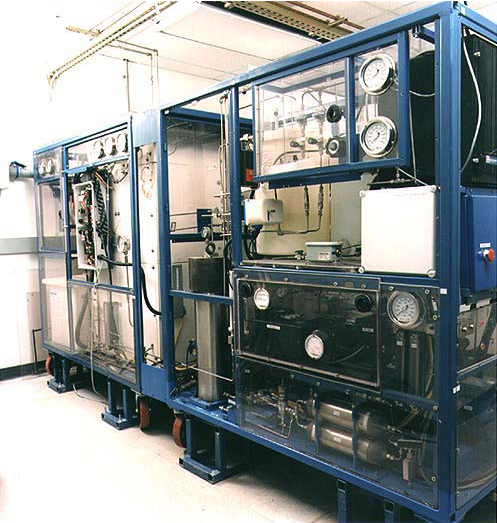
Radiometric Level Measurement
PI: Michael Flynn
Radiometric Level Measurement (RLM) is a novel solution for measuring water content in microgravity environments, where traditional methods fail due to the unpredictable distribution of water as droplets, films, vapor, and bulk. Using Galactic Cosmic Radiation (GCR), the RLM technique detects protons generated from interactions between GCR particles and water molecules in storage tanks. By placing proton and GCR sensors strategically around the tank, the technique measures variations in proton flux, which correlate with water content, regardless of the spatial arrangement of water layers. Initial simulations using NASA’s OLTARIS tool demonstrated the feasibility of the approach, showing that proton flux increases proportionally with water levels, providing reliable measurements even in the dynamic conditions of flexible tanks like Contingency Water Carriers (CWCs) aboard the ISS.
While the results validate the potential of RLM, the study highlights limitations in the current modeling, such as the use of a simplified 2D simulation and assumptions of rigid tank walls. Future work will involve developing 3D models to capture complex tank geometries and performing experimental validations in laboratory and flight conditions. This advancement could significantly improve the accuracy of water management in space, with implications for various tank designs and potential applications in measuring other fluid types.
Using Galactic Cosmic Radiation to Measure Water Tank Contents in Microgravity
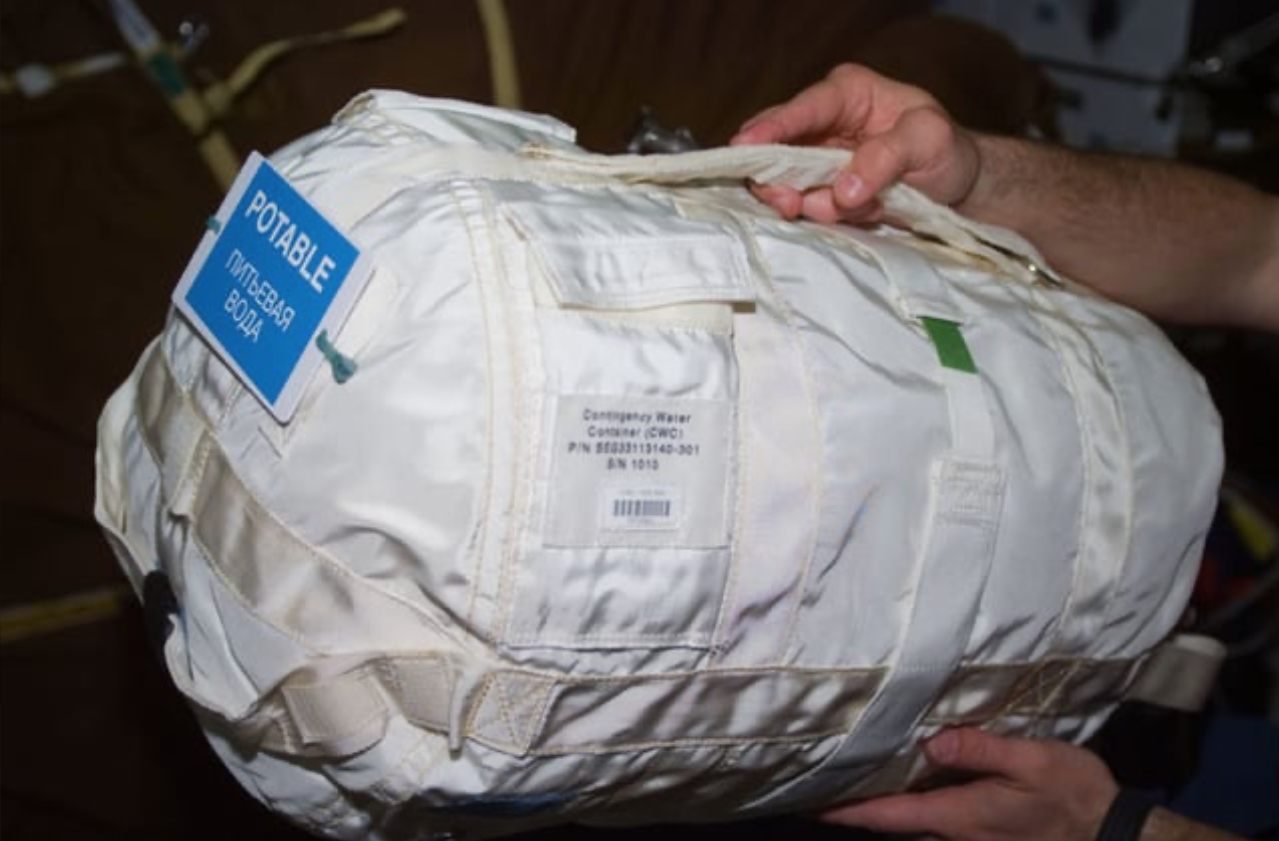
The Continuous-fill Brine Evaporation Bag (BEB) System
PI: Lance Delzeit
